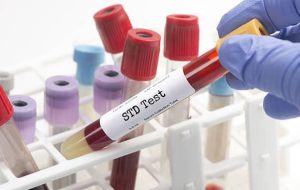Though home testing for various illnesses has, without exaggeration, exploded in recent years due to advancements in out-of-clinic diagnostic solutions in addition to the COVID-19 pandemic keeping people away from in-person testing, there is one area that nearly qualifies as a public health emergency where the availability and accuracy of remote tests is not commensurate with the need. The recent surge of sexually transmitted diseases threatening the quality of life of many individuals of various ages as well as their fertility prospects has put health researchers, public health advocates, and healthcare companies in motion, pleading with the U.S. government to prioritize developing and approving at-home testing kits, which would drastically improve testing rates for STDs among Americans.
“Home testing is the way of the future,” said Dr. Laura Lindberg, a professor of public health at Rutgers University. “The pandemic opened the door to testing and treatment at home without traveling to a healthcare provider, and we aren’t going to be able to put the genie back in the bottle.”
So far, in terms of federal approvals for use outside of a medical setting, the FDA has only granted clearance for HIV tests. Preliminary data from the CDC for last year paints a stark picture of the sobering STD spread: roughly 2.5 million cases of chlamydia, gonorrhea, and syphilis were reported, and statistics show that the everyday occurrence of infection from any of eight common STDs has reached one in five.
The main hurdle going forward, granted that in the near future the federal government gets on the same page as those advocating for the advancement and improved convenience of STD testing, is reliable adaptation for home use. Current tests on the market all require personal sample collection as well as packaging and mailing for lab analysis, two sizable barriers to consistent use.























